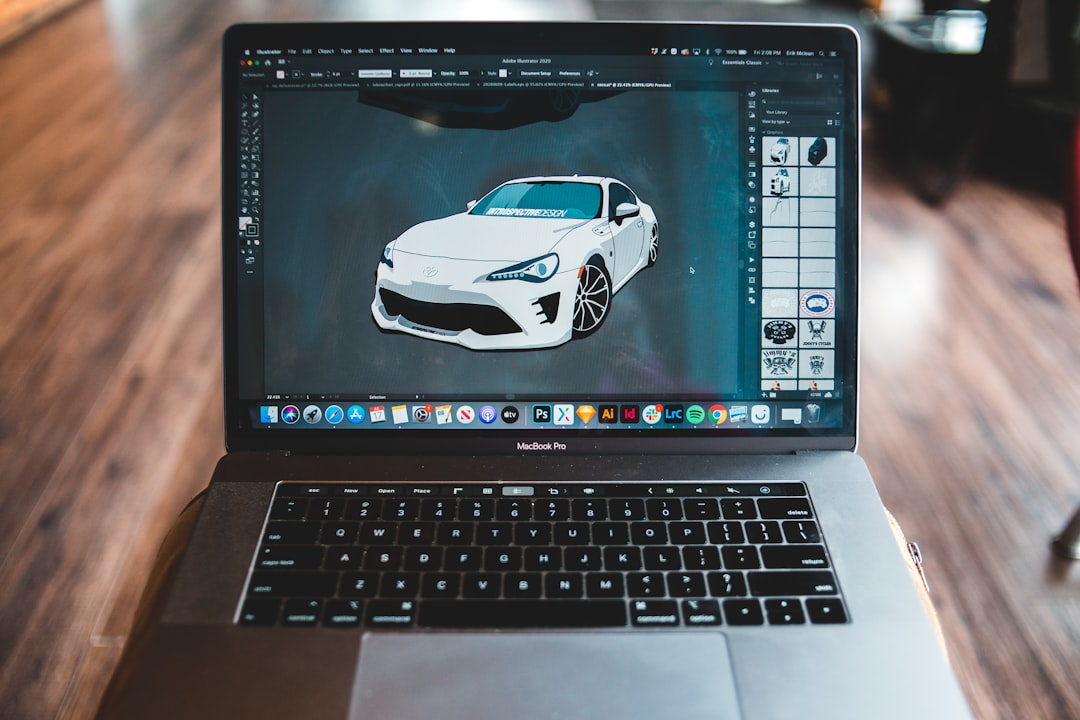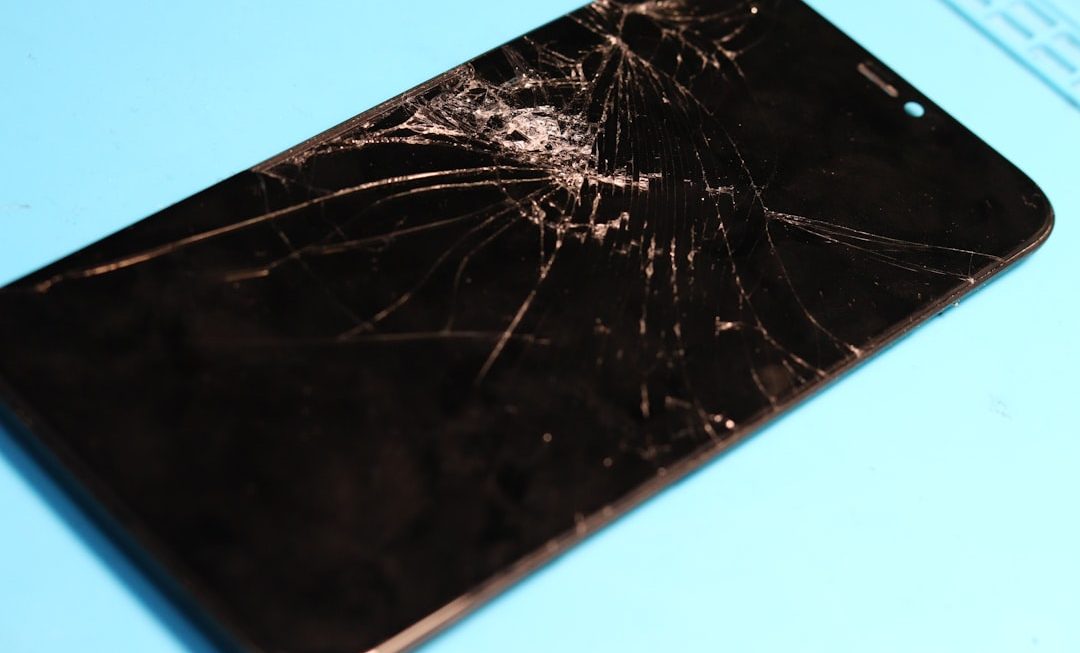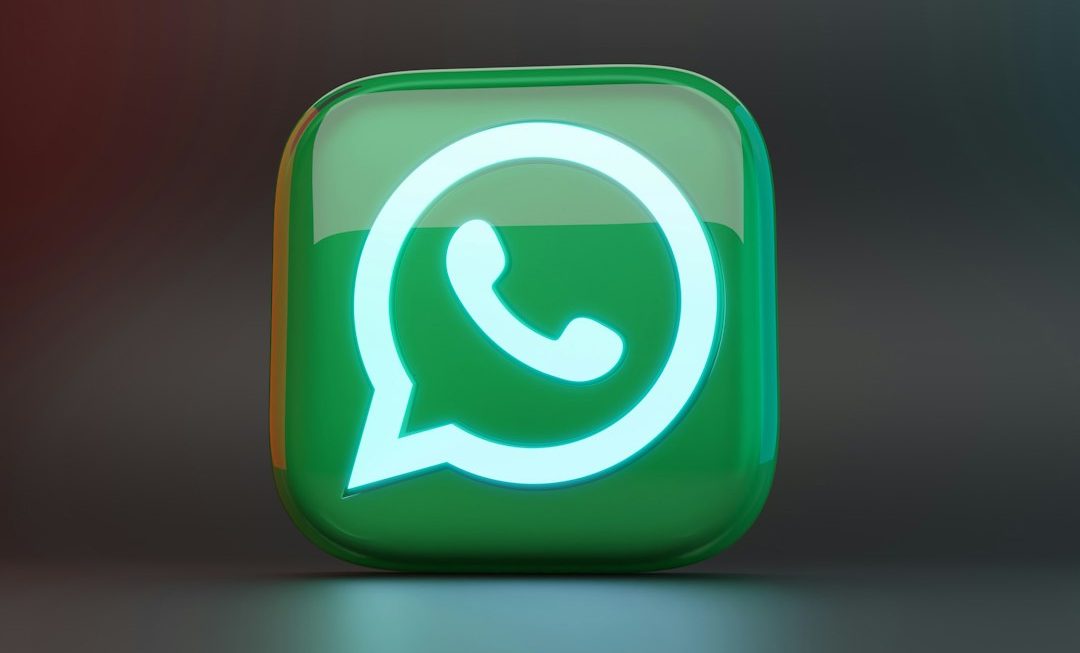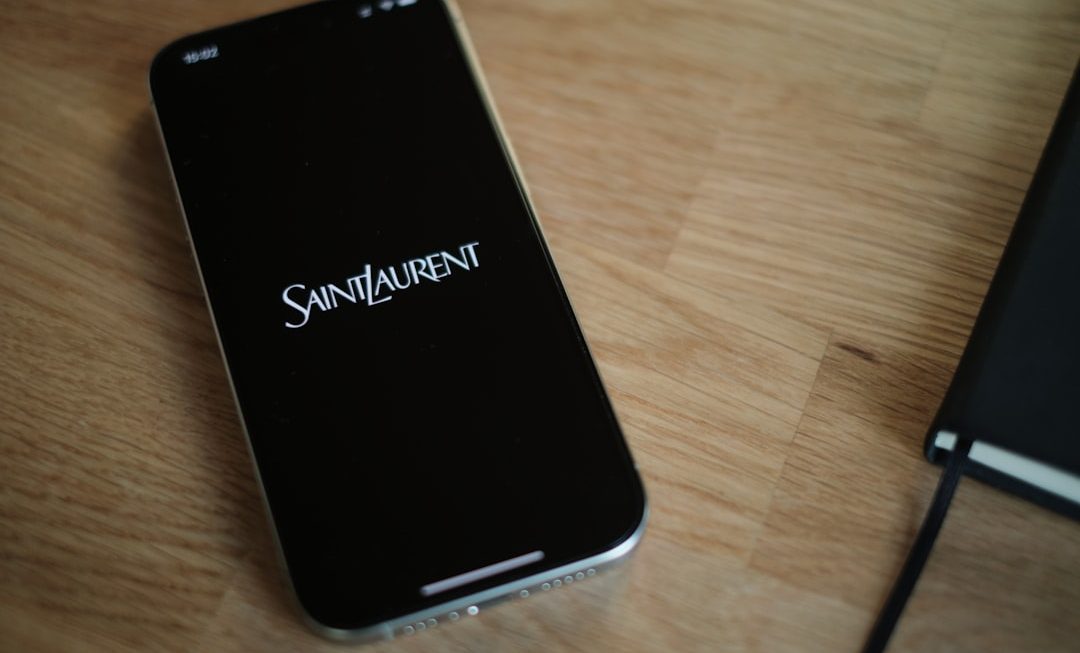There’s nothing more frustrating than sitting down to binge-watch your favorite show, only to find that your Roku TV is stuck on the loading screen. While it might be tempting to panic or assume your device is beyond saving, there are several simple and effective ways to get things back on track. Understanding the causes and solutions can help you navigate this hiccup with confidence.
Understanding Why Roku TV Might Get Stuck
Before jumping to solutions, it’s helpful to know what might be causing the issue. A Roku TV might get stuck on the loading screen for various reasons, such as:
- Software glitches due to recent updates
- Corrupted firmware or interrupted updates
- Power supply issues
- Network connectivity problems
- Faulty hardware (less common)
Identifying the underlying cause is crucial to choosing the right fix. Below are several tried-and-true methods to help you break free from the dreaded Roku loading screen loop.
1. Power Cycle the Roku TV
This is the go-to first step and often solves the problem without much fuss. A power cycle clears the temporary memory and forces the system to reboot.
- Unplug the Roku TV from power.
- Wait for at least 60 seconds.
- While unplugged, press and hold the power button on the TV (if accessible) for 15 seconds to discharge remaining power.
- Plug the TV back in and power it on.
If your TV progresses past the loading screen after this, the issue may have been a fleeting software hiccup.
2. Check Input Sources and Cables
A loading loop might be caused not by Roku itself but by a connected external device or faulty cables. Inspect all HDMI cables, USB devices, and input sources.
- Disconnect all external devices from the TV.
- Switch to the Roku home screen input using your remote or side panel buttons.
If removing connected devices resolves the issue, try reconnecting them one at a time to identify which one was interfering.
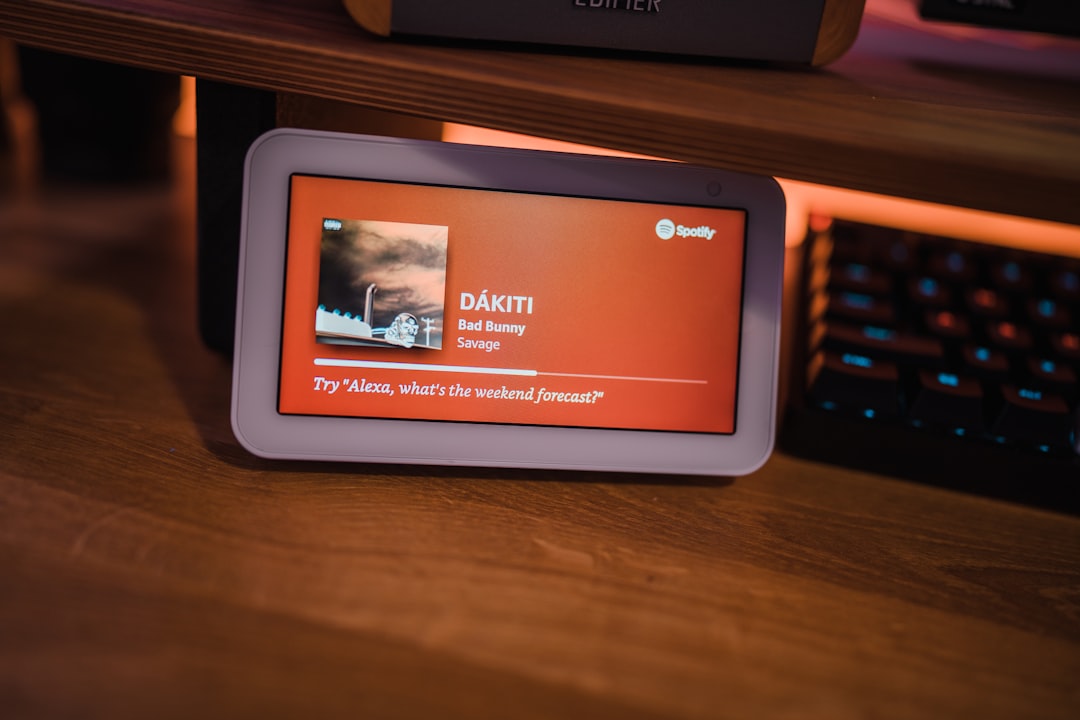
3. Boot Into Recovery Mode
Roku has a built-in Safe or Recovery Mode to help reset when standard reboots fail. This method may vary slightly depending on your TV brand (like TCL or Hisense), but the general process is similar.
- Locate the physical Reset button on your Roku TV. It’s usually a small pinhole near the HDMI ports.
- Use a paperclip to hold the button for about 20 seconds while the TV is powered on.
- Release the button when the Roku logo appears or when you see a recovery screen.
From the recovery screen, follow the on-screen prompts to reset or update your Roku software.
4. Update or Reinstall the Firmware via USB
If recovery mode is accessible but the problem persists after a reset, you can manually install firmware using a USB drive:
- Visit the official Roku software update website on your computer.
- Download the software for your TV model onto a USB (FAT32 formatted).
- Insert the USB stick into your TV’s USB port while in recovery mode.
- Follow the on-screen instructions to complete the update.
This is particularly useful if the device failed an automatic update and became stuck in a loop.
Image not found in postmeta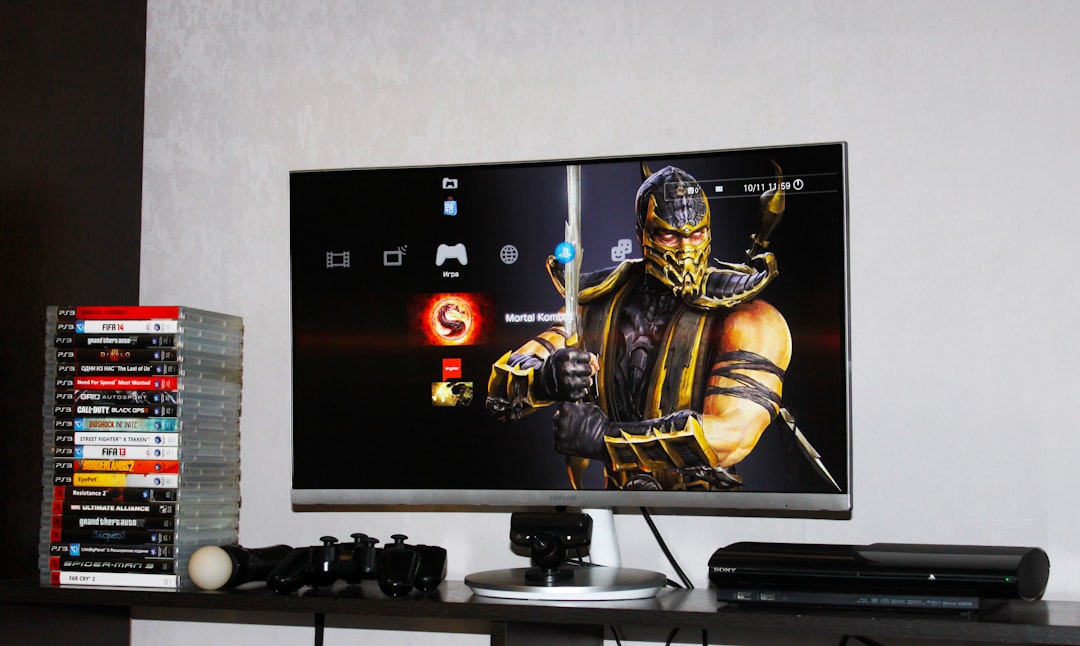
5. Contact Roku or Manufacturer Support
If none of the above steps work, it’s time to contact Roku support or your TV’s manufacturer (e.g., TCL, Hisense). In rare instances, a hardware malfunction may be the cause. Provide them with all the steps you’ve taken so they can offer more targeted help.
Preventing Future Loading Issues
Now that you’ve (hopefully) solved your problem, here are steps to minimize the chance of it recurring:
- Keep Firmware Updated: Always allow time for full system updates to complete before powering off the TV.
- Stable Power Supply: Use a surge protector and avoid abrupt power outages.
- Avoid Overloading: Disconnect unused peripherals from the TV.
- Clear Cache Regularly: Occasionally restart your Roku, especially after heavy use or long uptimes.
Being proactive can ensure smoother streaming and reduce tech headaches down the line.
When It’s Time to Consider a Replacement
While most issues can be resolved, some signs that it might be time to shop for a replacement device include:
- Repeated freezing or loading screen loops even after multiple resets
- Visible physical damage to the TV or mainboard
- Firmware incompatibility with newer Roku updates
In such cases, weigh the cost of repair versus replacement. Often, new Roku TVs or streaming sticks come with better performance and features that justify the upgrade.
FAQ: Getting Roku TV Past the Loading Screen
-
Q: Why does my Roku TV get stuck on the ‘Roku’ logo screen?
A: It could be due to software corruption, a failed update, faulty power cycles, or even connectivity issues. Start with a power cycle and work your way through other steps. -
Q: What does Recovery Mode do?
A: Recovery Mode allows you to reset or update your device when it can’t boot properly. It’s a fail-safe option for troubleshooting. -
Q: Is there a way to reset Roku without the screen working?
A: Yes. Use the physical reset button found on your Roku TV. Hold it down for 20 seconds with the TV powered on to trigger a hard reset. -
Q: Will I lose all my settings if I do a factory reset?
A: Yes. A factory reset will wipe all accounts, apps, and preferences. It restores the Roku TV to its original setup state. -
Q: What if my Roku remote isn’t responding?
A: Check the batteries first. If that doesn’t help, try power cycling the TV and re-pairing the remote by pressing the pairing button inside the battery compartment.
Getting past the Roku loading screen doesn’t have to feel like a technical nightmare. With a calm approach and the right steps, anyone can get their entertainment back on track.

